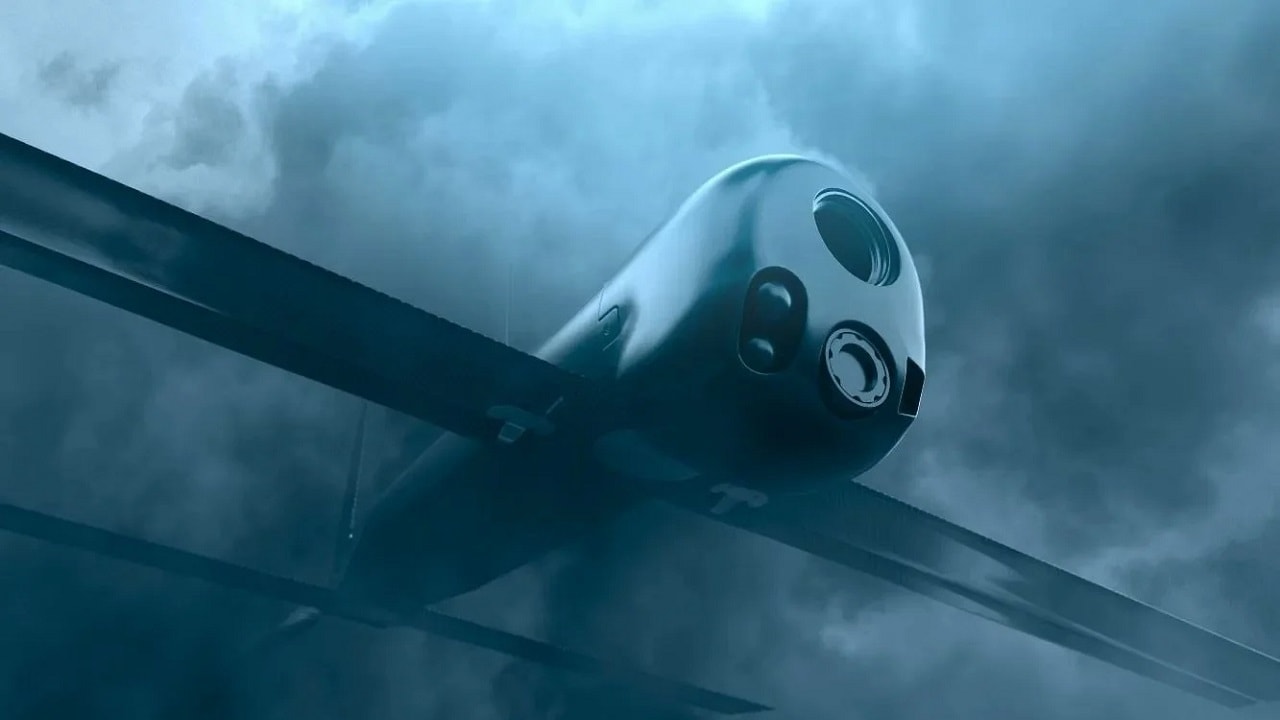Return of the Fire Ships? Ukraine Launched Another Attack Against Sevastopol: On Tuesday, Kyiv conducted a drone strike against the Crimean port city of Sevastopol, home to the Russian Navy’s Black Sea Fleet.
Reports suggest it may have lasted for at least an hour, but Moscow was quick to downplay the damage it might have inflicted on the port facilities.
“An attack by three more drones was repulsed over the waters of Sevastopol,” occupation governor Mikhail Razvozhaev said, according to the Telegram channel of the Russian official news agency TASS. “He added that previously downed Ukrainian drones tried to attack Balaklava Thermal Power Plant.”
Russian officials also claimed that two drones were shot down by air defense while trying to approach the Balaklava Thermal Power Plant, and that three or more drones were repelled over the Black Sea. Razvozhaev said there was no damage to civilian infrastructure and added that there were no casualties.
Ukraine Launches Repeat Strike
Even if Russia’s claims are true, the drone strikes were just the latest efforts by Ukraine to push into Crimea, which was illegally annexed by Russia in 2014. It further highlights how Kyiv’s offensive to liberate captured territory shows little signs of losing momentum.
This is also just the most recent attack on Sevastopol and likely won’t be the last.
An audacious raid conducted on the Russian Navy in port in the city last month successfully disabled the Black Sea Fleet’s flagship frigate Admiral Makarov, and damaged at least two other ships.
A swarm of drones, some flying in the air, and others skimming along the water, struck the Russian Navy in the early hours of October 29. Video from one of the boats even documented how one of the unmanned vessels was able to successfully weave between enemy boats.
Reports suggested that Admiral Makarov, an Admiral Grigorovich-class frigate that entered service in 2018, suffered a breach to her hull and damage to the ship’s radar system.
Return of the Fire Ships!
Such drone attacks could be a portent to future maritime strategies, highlighting how small remotely- or autonomous-controlled craft could inflict significant harm to an adversary’s fleet, especially when the vessels are in port. The Ukrainian sea-skimming drones were able to successfully evade the port’s defenses.
While tactically innovative, the attack itself wasn’t especially revolutionary – and the Australian Strategic Policy Institute suggested the raid essentially drew from the use of “fire ships” from the age of sail.
Similar to today’s drones, those were small, uncrewed vessels packed with explosives – or literally set on fire – and released against surface combatants. Such vessels were notably used by the Royal Navy against the Spanish Armada in August 1588.
Russia has downplayed the damage from last month’s attack, but the frigate has remained in port undergoing repairs. Moscow had examined the drones it was able to recover following the raid and said it found that they were equipped with Canadian-made navigation modules. The Kremlin further accused the British Royal Navy of masterminding the raid, and even overseeing its operation from the Southern Ukrainian port of Ochakiv.
The UK government has dismissed the allegations. But likely, some in the Royal Navy are pleased to see a tactic used to such great success in the past is being revived with a modern twist.
A Senior Editor for 19FortyFive, Peter Suciu is a Michigan-based writer. He has contributed to more than four dozen magazines, newspapers, and websites with over 3,000 published pieces over a twenty-year career in journalism. He regularly writes about military hardware, firearms history, cybersecurity, and international affairs. Peter is also a Contributing Writer for Forbes and Clearance Jobs. You can follow him on Twitter: @PeterSuciu.

